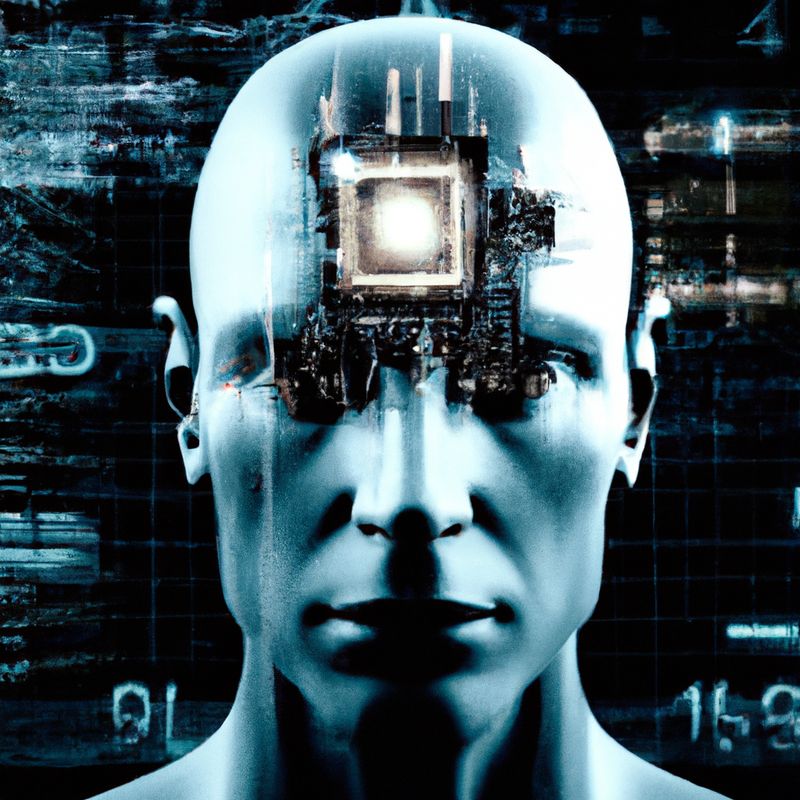The Ultimate Guide to Building a Deep Learning Solution

Deep learning has become one of the most popular fields of artificial intelligence. It is a powerful tool for solving complex problems, and it is being used in a wide range of applications, from autonomous driving to healthcare. In this guide, we will discuss the basics of deep learning and provide an overview of the steps needed to build a deep learning solution.
What is Deep Learning?
Deep learning is a subset of machine learning that is based on artificial neural networks. It is a powerful tool for understanding complex data and making predictions. Deep learning is used in a variety of applications, including image recognition, natural language processing, and autonomous driving. Deep learning can also be used for predictive analytics, such as forecasting stock prices or predicting customer churn.
How Does Deep Learning Work?
Deep learning works by training artificial neural networks on large amounts of data. The neural network is made up of layers of neurons, which are connected to each other and take input from the data. As the network is trained, it learns to recognize patterns in the data and make predictions. The results of the predictions can then be used to make decisions or improve the accuracy of the model.
Steps to Building a Deep Learning Solution
Building a deep learning solution involves several steps. First, you need to identify the problem you are trying to solve and determine the data that will be used to train the model. Then, you need to choose the correct architecture for the model, such as a convolutional neural network or a recurrent neural network. After that, you need to pre-process the data and split it into training, validation, and test sets. Finally, you need to train the model and evaluate its performance.
Choosing the Right Architecture
Choosing the right architecture for your deep learning solution is essential for obtaining good results. Different architectures are suitable for different types of data and tasks. For example, convolutional neural networks are commonly used for image recognition, while recurrent neural networks are used for natural language processing. It is important to choose the architecture that best fits your data and task.
Pre-Processing the Data
Before training the model, it is important to pre-process the data. This involves cleaning the data and normalizing it so that it is in a suitable format for the model. It is also important to split the data into training, validation, and test sets. The training set is used to train the model, the validation set is used to evaluate the model’s performance, and the test set is used to measure the model’s accuracy.
Training the Model
Once the data is pre-processed, the model can be trained. This involves feeding the data into the model and letting it learn to recognize patterns in the data. The model can be trained using different techniques, such as supervised learning or reinforcement learning. It is also important to monitor the model’s performance during training and adjust the parameters as needed.
Evaluating the Model
Once the model is trained, it is important to evaluate its performance. This can be done by measuring the model’s accuracy on the test set. It is also important to check the model’s performance on other datasets to make sure it is generalizing well. If the model is not performing as expected, it may be necessary to adjust the parameters or try a different architecture.
Deploying the Model
Once the model has been trained and evaluated, it can be deployed in production. This involves creating an API or web interface for the model so that it can be used by other applications. It is also important to monitor the model’s performance in production and adjust the parameters as needed.
Conclusion
Building a deep learning solution involves several steps, from choosing the right architecture to deploying the model in production. By following this guide, you can create a powerful deep learning solution that can be used to solve complex problems. With the right data and the right approach, deep learning can be a powerful tool for making predictions and making decisions.
